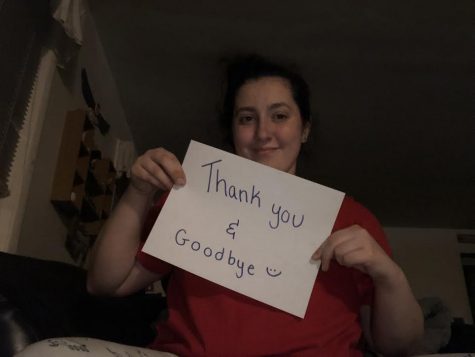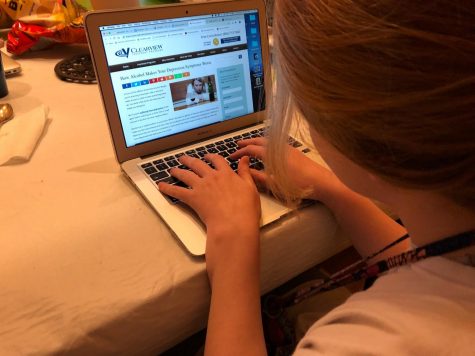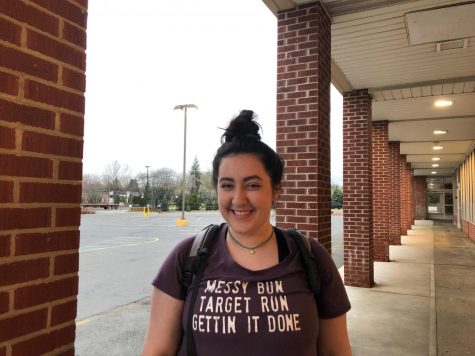‘Five steps to mental health first aid’
For this week’s Kayla’s Korner, PV senior Kayla Barry talks about mental health first aid. She goes over the five steps to take.

Editor’s Note: Kayla’s Korner will be a reoccurring column that deals with mental health and teenage issues.
Mental health first aid is very similar to physical first aid.
According to the SA Federation for Mental Health, there are five steps to mental health first aid. The SA Federation for Mental Health is the largest mental health organization in South Africa.
This organization focuses on national awareness of mental health, empowerment of mental health organizations, advocating for human rights of mental health care users, and continuing with mental health research and information.
Before you begin the steps, you should know the signs to tell if someone is suicidal or in need of help:
- Threatening to hurt or kill themselves
- Talking or writing about death or dying
- Expressing hopelessness and no reason for living
- Acting recklessly or engaging in risky activities
- Increased alcohol or drug use
- Withdrawing from friends, family, and society
- Sleeping all the time or being unable to sleep
- Feeling trapped
There are even more signs, but I only selected the most common.
The first step is to go to the person. It could be your friend, a family member, a peer, anyone. Then, help the person accordingly. Ask them about what they are dealing with and try to give them advice.
For this step, it is very important to make sure that the person you went to is not at risk of hurting themselves or anyone else. If you think they are, you should contact 911.
To start off, you can tell this person that you are concerned and that you want to help them.
The second step is to listen. Listen without judgement. Focus your attention on them and figuring out how to help.
The third step is to give support as well as information. Give them what you think would be best or even suggest some coping strategies for them to try. You can also give them your contact information, in case they ever need to talk to someone, and support numbers like the National Suicide Prevention Lifeline which is available 24 hours everyday. The number is 1-800-273-8255.
The fourth step is to encourage the person to seek professional help. Talk to them about your own experiences, if you have any, or suggest for them to see a therapist, a psychiatrist, or even a guidance counselor or a trusted teacher if they are still in school.
The fifth (and last) step is to encourage the person to use self-help strategies and to take care of themselves. This will help them in the long run if they are ever by themselves and can’t find help. You can also continue to encourage them to seek support in their friends, family, professionals, and you.
Coming next: Kayla’s Korner will be continuing with weekly articles. Next week, Kayla will discuss some self-care tips to help with stress.














Joanne Folkers • Apr 2, 2019 at 1:08 pm
Kayla…I think you are so brave to be taking this subject on! I wish there would have been a resource like you around when I was growing up!